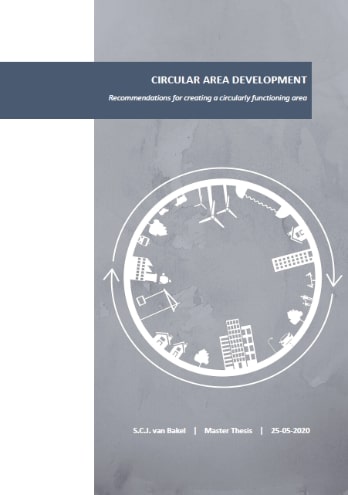A Discourse-Institutional Analysis of Circular Area Developments in Amsterdam and Utrecht, The Netherlands
Abstract
The hypothesis of this paper is that the circular economy (CE) has the potential to (re)balance the conflict within urban spatial planning between ‘place as a location’ and the ‘organization of space’. The former dominates the latter following a shift from a Fordist towards a finance and real-estate driven regime. A consequence is that existing manufacturing areas are increasingly transformed into residential and commercial areas. However, this conflicts with the rationale of CE, namely that to end the linear economy, externalized activities, such as the (re)manufacturing of waste, should be internalized again, especially within urban regions. Emphasized by the EU, The Netherlands have the ambition to become fully circular in 2050. To test our hypothesis, we focus on two ongoing circular area developments in Amsterdam and Utrecht. By performing a discourse-institutional analysis, we detect in both case studies a change in discourse towards CE. Our results show that in contrast to our hypothesis, the concept of circularity is not emphasizing the ‘organization of space’, but even accelerating ‘space as a location’, increasingly transforming urban industrial areas into circular built residential and commercial areas. We conclude with spatial policy recommendations regarding the ambitions of a future CE.
Cite as: Van den Berghe, K.; Vos, M. Circular Area Design or Circular Area Functioning? A Discourse-Institutional Analysis of Circular Area Developments in Amsterdam and Utrecht, The Netherlands. Sustainability 2019, 11, 4875. https://doi.org/10.3390/su11184875

